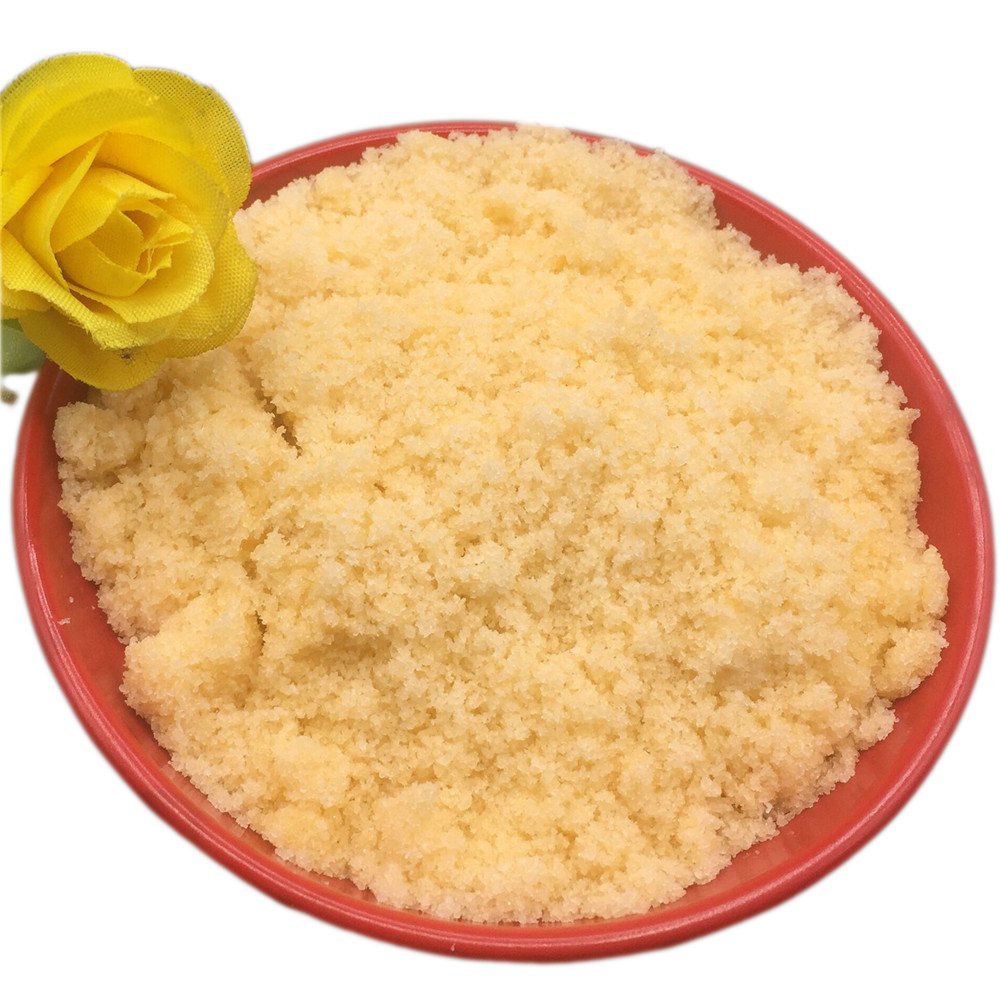
Apr . 29, 2024 17:11 Bumalik sa listahan
What Do the NPK and Numbers of Fertilizer Mean?
Like many other additives, peat materials contain little or no nutrients. It is almost always important to fertilize peat products to ensure good plant growth. Fertilizer with a certain formula is usually used in the production of substrates. Commonly used are NPK 14-16-18, NPK 12-14-24 and NPK 15-10-20. All these fertilizers contain major elements as well as trace elements. It is important for the plant to have both major and trace elements available from the start. It should not be forgotten that these fertilizers are active only in the first weeks of cultivation. Soon, the grower will have to start fertilize when the culture lasts longer.
What Do the NPK and Numbers of Fertilizer Mean?
The three numbers represent the value of the three macronutrients used by the plant. These macronutrients are N (Nitrogen), P (Phosphorus) and K (Potassium) or NPK for short. These numbers indicate the percentage of nitrogen, phosphorus and potassium in the fertilizer. For example, a 14-16-18 mix means that the fertilizer contains 14% nitrogen, 16% phosphorus and 18% potassium. Plants require higher levels of nitrogen, phosphorus and potassium than any other plant nutrients. N, P and K are called primary macronutrients and are among the 17 nutrients essential for all plant life. Other elements, such as iron, are also just as important for plant survival, but plants need them in much smaller amounts. Also, different plants have different needs. In addition to the main nutrients, a quality fertilizer product will also contain small amounts of other nutrients, such as calcium, magnesium, iron. Below is an overview of the role of each major nutrient in the life cycle of a plant.
Role of Plant Nutrients
N (Nitrogen)
Of all the essential nutrients, Nitrogen (N) is required by plants in large quantities because it has important functions and can be a limiting factor in plant production and proper crop development. Nitrogen is necessary for the formation of chlorophyll, which is vital for photosynthesis – basically the way for plants to get food. Nitrogen is necessary for the development of the plant itself, it is a “building block” for amino acids, DNA, membrane proteins, enzymes, most coenzymes, auxins, cytokinins.
A high-nitrogen fertilizer is often used on grass, leafy vegetables or other plants where green foliage growth is more important than flowering. Without enough nitrogen, growth slows and lawns and plants turn pale. In contrast, when there is too much nitrogen, flowering and fruit-bearing plants struggle for green growth and lose their blooms and fruit.
Symptoms of Nitrogen deficiency
- Reduced plant growth
- Yellow leaves
- Smaller leave size
- Reduced fruit set
- Insufficient protein content
P (Phosphorus)
Phosphorus (P) plays a key role in the growth of roots, blooming, fruiting, seed formation, while also helping plants use other nutrients efficiently. Phosphorus increases disease resistance and is necessary for overall plant vigor and health.
As a result of phosphorus deficiency, plant roots become weak, flowers and fruits are missing.
The lack of phosphorus in plants affects the quality of the older and lower leaves. The leaves turn darker yellow or large brown, bronze or light blue spots appear. Leaves curl and thicken. Plant stems may turn bright purple or red. Usually the first sign is the darkening of the older leaves. Lack of phosphorus often leads to problems with pH balance or other nutrient deficiencies. Calcium deficiency is also possible in the plant due to the interaction between calcium and phosphorus.
Symptoms of Phosphorus deficiency
- Affects older and lower leaves
- Leaves darken becoming gray, blue or dark green
- Leaves become shiny with yellow areas
- Leaves thicken becoming stiff and dry
- Leaves may turn red or purple
- Bright red stems
K (Potassium)
Potassium (K) contributes to the overall health and vigor of the plant, strengthens the plant’s ability to resist diseases, helps the movement of water and nutrients in the plant, especially important in areas with a cold or dry weather (potassium helps to increase drought tolerance).
Potassium is often called a quality nutrient. Potassium affects the size, color and shape of the plant, as well as the taste of the fruit. Thanks to potassium, internal processes such as photosynthesis, energy supply, carbohydrate production and transportation are successful.
Symptoms of Potassium deficiency
- Mild chlorosis progressing into dry burns (brown edges, almost burnt-like)
- Veins become scorched or necrosis (dead plant tissue)
- Leaves tend to curl and crinkle
-
Plant Growth with Balanced NPKS Fertilizers
BalitaJul.21,2025
-
Maximize Plant Growth with Nitrogen Fertilizer
BalitaJul.21,2025
-
High Quality Single Super Phosphate
BalitaJul.21,2025
-
High Grade Triple Super Phosphate
BalitaJul.21,2025
-
Enhance Root with Triple Superphosphate
BalitaJul.21,2025
-
Advanced Liquid NPK Fertilizers
BalitaJul.21,2025

